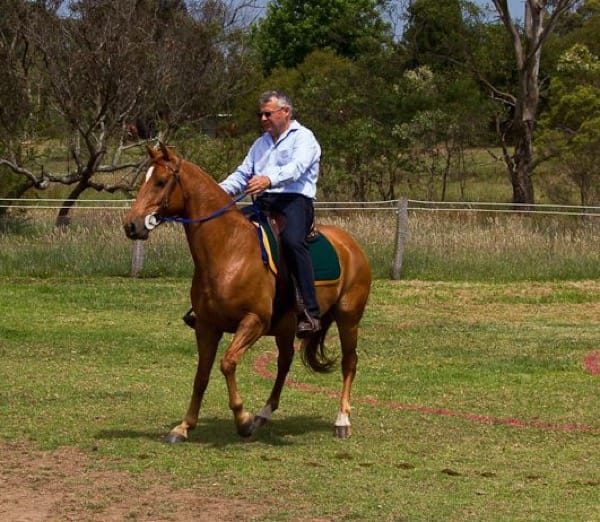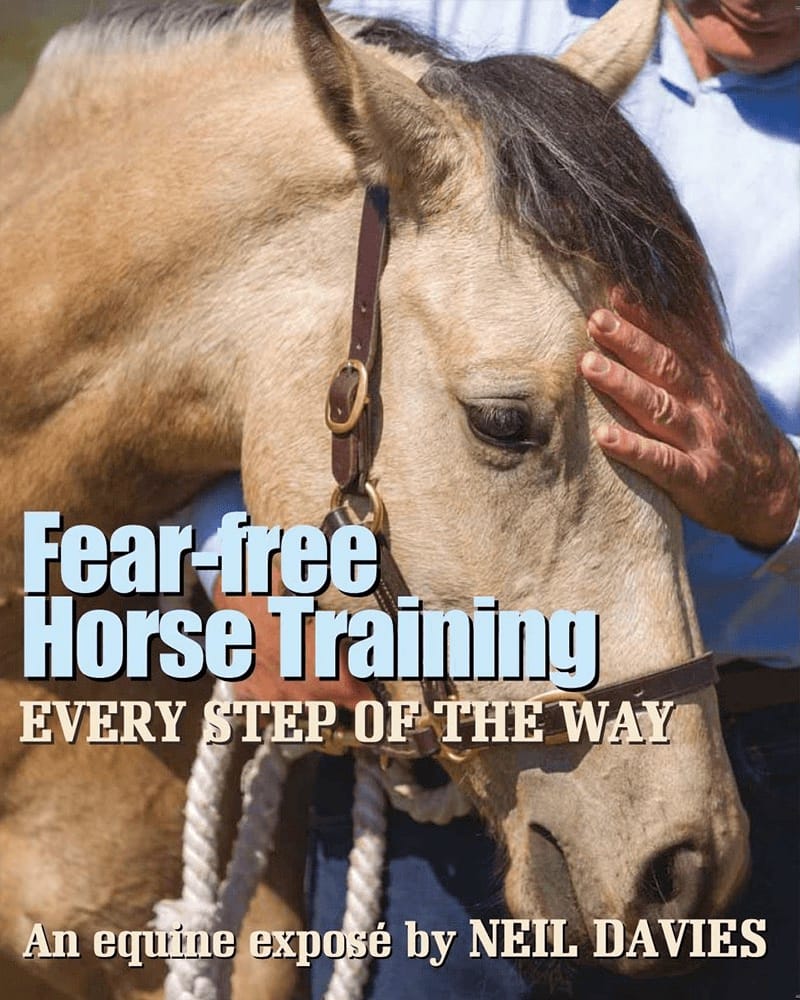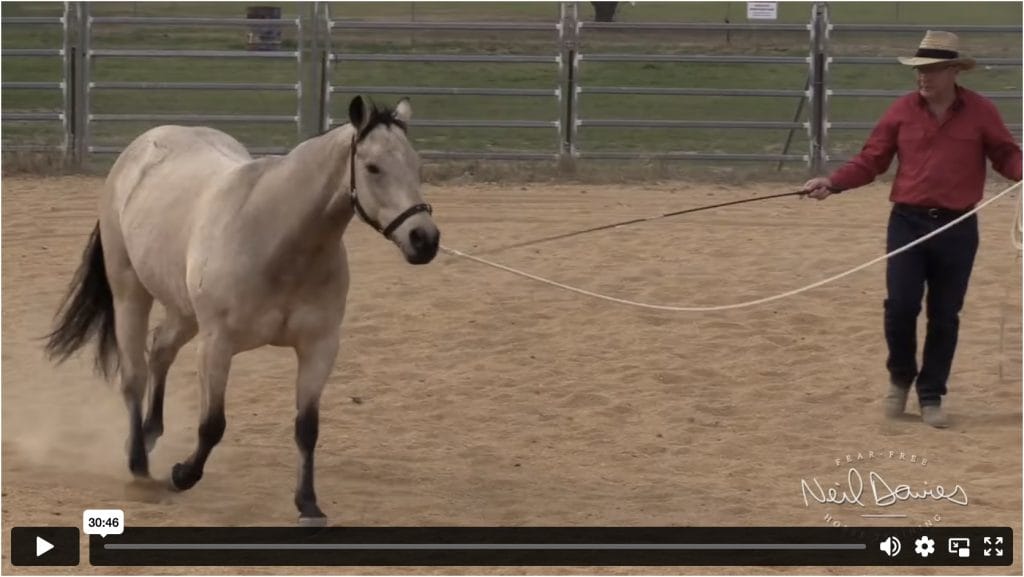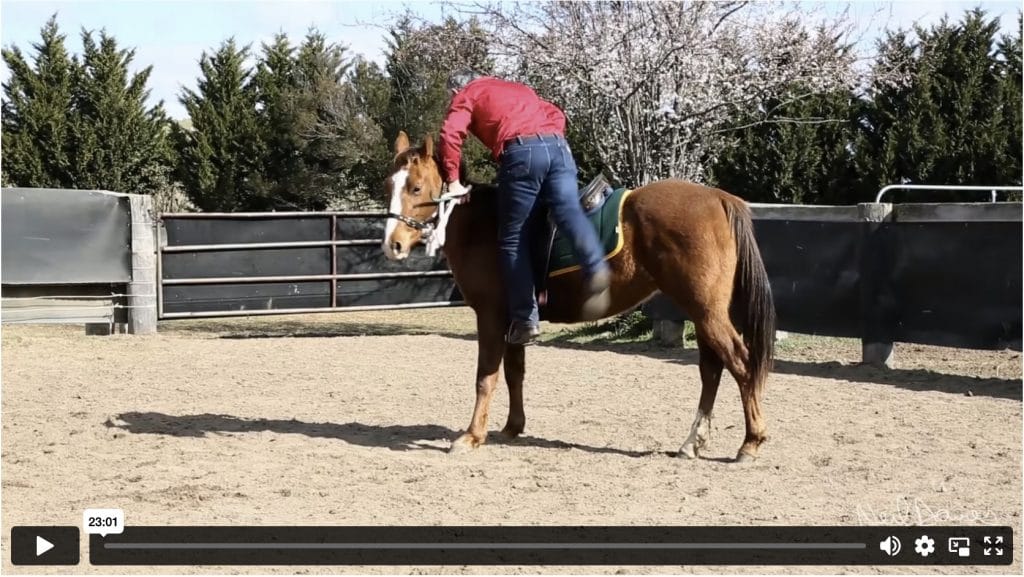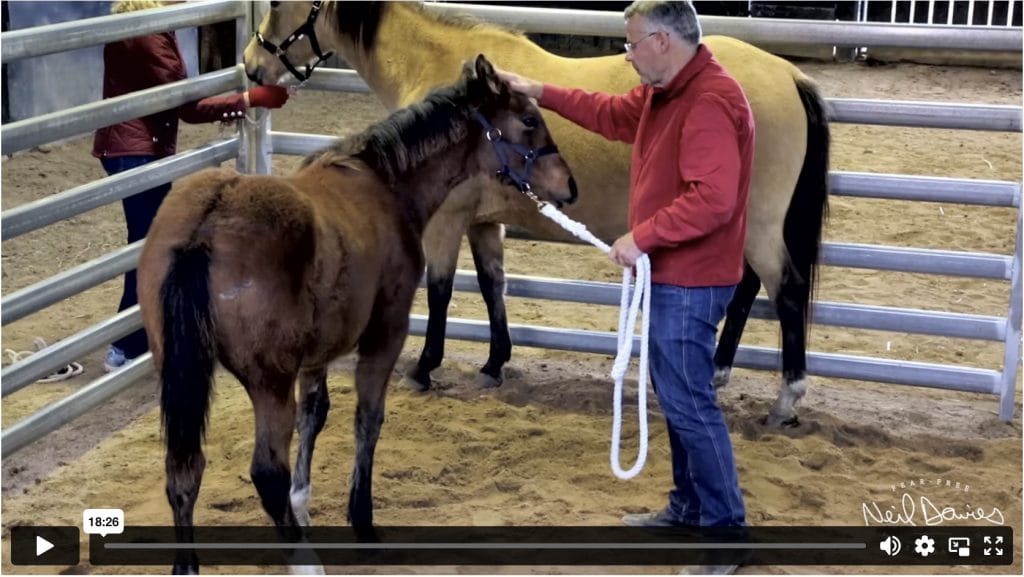Many times I’ve seen someone take the rug off their horse and leave it on the arena fence while they ride.
When they trot around the arena, the horse takes fright of his own rug and shies as he goes past.
Trainers often say ‘He’s gotta get used to it.
Let him stop and look at it. Let him walk up and sniff it.’
Surely if the horse wears the rug every night, he’s ‘used to’ it.
Surely he’s ‘desensitised’ to his own rug…..
Here’s what really happens:
A rug on the fence is something different in the arena, so the horse slows down to look at it.
The horse stops thinking about the rider and concentrates on the rug.
The rider immediately becomes apprehensive and stops pushing the horse forward.
And so the horse is allowed to slow down and move off line.
The rug becomes more important to the horse than whatever the rider wants.
The rider doesn’t have to get the horse ‘used to’ the rug.
After all, the horse wears that very same rug every night.
Instead, the lesson must be more important to the horse than any amount of rugs hanging on the fence.
Here’s another common story:
When you ride on the trail, allow your horse to stop and sniff anything that worries him.
If he moves away, runs back or jumps sideways, just let him go.
The horse will eventually walk up to the obstacle and see that it’s nothing to worry about.
Once the horse gets ‘used to’ it, he won’t be scared any more.
If you subscribe to this theory, you’ll be very busy.
Every time you go somewhere, you’ll have to show your horse each new item that you come across.
And every time he’s ‘worried’ by something, you’ll have to let him stop and look at it.
If you do this, your horse will soon learn that you stop riding him forward every time he slows down or snorts.
Your horse will learn to take control and it won’t be long before he takes you for a ride, instead of the other way around.
Shying is often misunderstood. My book demystifies this ‘problem’ and shows simple ways to overcome shying.
By allowing your horse to stop and look at things or move off line, you’ve effectively told him that your rules no longer apply when he’s worried by something.
It won’t take long for your horse to work out that all he has to do is slow down and look at things and you stop driving him forward and then he can do as he pleases.
Next thing, your horse will decide that he’d rather stop and look at that rug on the fence, or shy, run backwards, sideways or do anything else he chooses.
Then he’s out of control.
The only way to control any horse is to convince him that it’s more important to do what you want than whatever he wants.
What you want to do must always be more important than whatever your horse wants to do.
Always build up to difficult tasks in small increments and don’t confront your horse with things that frighten him.
By doing this, your horse will become confident with your lessons and when he is worried, he’ll concentrate on you instead of shying or rushing away.

